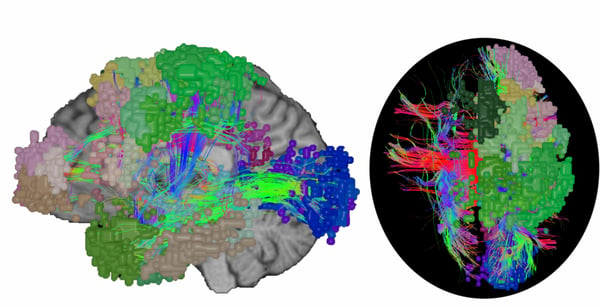Medication
A wide range of anti-epileptic medications have been developed which counter and suppress the onset of seizures in epilepsy. Broadly, these medications work by suppressing neural activity, primarily within epileptogenic foci and networks.
While these medications are effective in 60-70% of patients in abolishing recurrent seizures, they can consequently induce negative psychological and physiological side effects22,23. In the 30-40% of drug-resistant epilepsy patients in which these medications are ineffective, two alternate treatment options exist: surgical resection, and vagal nerve stimulation.
Surgery
The most prominent Resection surgery for treatment-resistant epilepsy is Laser Interstitial Thermal Therapy (LITT). This minimally-invasive surgery requires ablating discrete regions of epileptogenic foci, and can give patients life-changing relief from their seizures. However, successful remission of seizures is not guaranteed, and personalizing treatment strategy is quickly becoming a goal of modern neurosurgery.
Solutions such as connectomics have emerged as useful for epilepsy patient-selection and identifying those likely to respond to resective surgery, and will be discussed in the following sections24.
Neuromodulation
Alternative to neurosurgery, deep brain stimulation (DBS) and vagus nerve stimulation (VNS) seeks to treat epilepsy symptoms by regulating neurological activity to the brain. These treatments are generally less invasive than resective and ablative surgery, reducing costs associated with treatment as well as recovery time. However, their effectiveness is highly variable between individuals, and produces a gradual response, reducing seizures to a greater extent over time from beginning treatment25,26.
Connectomics holds utility in neuromodulatory treatments of epilepsy in both identifying accurate targets for DBS27, as well as tracking the treatment response through changes in underlying brain function over time26.
.png?width=600&name=Untitled%20design%20(11).png)
Figure 2: Common epilepsy DBS treatment sites

.png?width=600&name=Untitled%20design%20(11).png)


